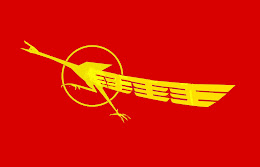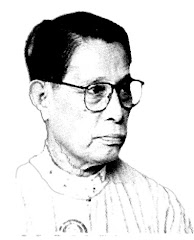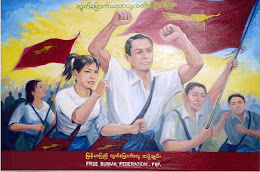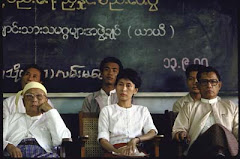It took more than a decade to achieve this result. The situation in Cambodia was first introduced to the UN Security Council in 1979.The United Nations General Assembly convened the “International Conference on Kampuchea from 13 to 17 July 1981.
The UN Secretary General requested his Special Representative for Humanitarian Affairs in South-East Asia, Rafeeuddin Ahmed to establish contact with all the principal countries related to the Cambodian conflict just as Mr. Gambari has been doing in the case of Burma.
The efforts by UN Secretary General and Mr. Rafeeudin Ahmed resulted in a meeting between Prince Norodom Sihanouk and Mr. Hun Sen in France in December 1987.
The proposal put forward by the UN Secretary-General were aimed at establishing an independent, neutral and non-aligned Cambodian state.
Some of these points are written below:
1. Overall timeframe for a ceasefire
2. Withdrawal of all foreign forces from Cambodia
3. The disposition of the Cambodian armed elements
4. Self determination through free and fair elections
5. Formation of a National Reconciliation Administration in Cambodia pending those elections with international supervision and verification
6. The repatriation and reintergration of refugees and displaced persons
7. The implementation of measures, including a human rights education programme, to ensure the non-return to policies and practices of the past.
Paris Conference on Cambodia
Let me now write a summary of the Paris Conference on Cambodia.
It was attended by eighteen countries and the Cambodian parties. France made the initiative to hold this conference and it was held from 30 July to 30 August 1989 in Paris. The French and the Indonesian Foreign Minister acted as co-Presidents. The UN Secretary-General also attended in his official capacity.
Some of the important points raised as the Conference by the UN Secretary-General were:
1. Military aspects
2. Steps necessary for internationally supervised elections
3. Repatriation of refugees and displaced persons
4. What the UN could do for the rehabilitation and reconstruction of Cambodia
Apart from the above matters, he pointed out that it would be necessary to deploy an international control mechanism and that a fact-finding mission would be needed to gather the necessary technical information. The Conference agreed and such a mission was sent to visit the area from 6 to 19 August 1989.
In solving the Cambodian conflict, the interest and the active participation of the Five permanent members of the UN Security Council, namely China, France, Soviet Union, UK and the US was crucial.
The result of the Paris Conference and negotiations among the Cambodian parties was a joint statement by the Five and the Cambodian parties that they had agreed to form the Supreme National Council (SNC) as the unique legitimate body and source of authority in Cambodia throughout the transitional period.










































No comments :
Post a Comment